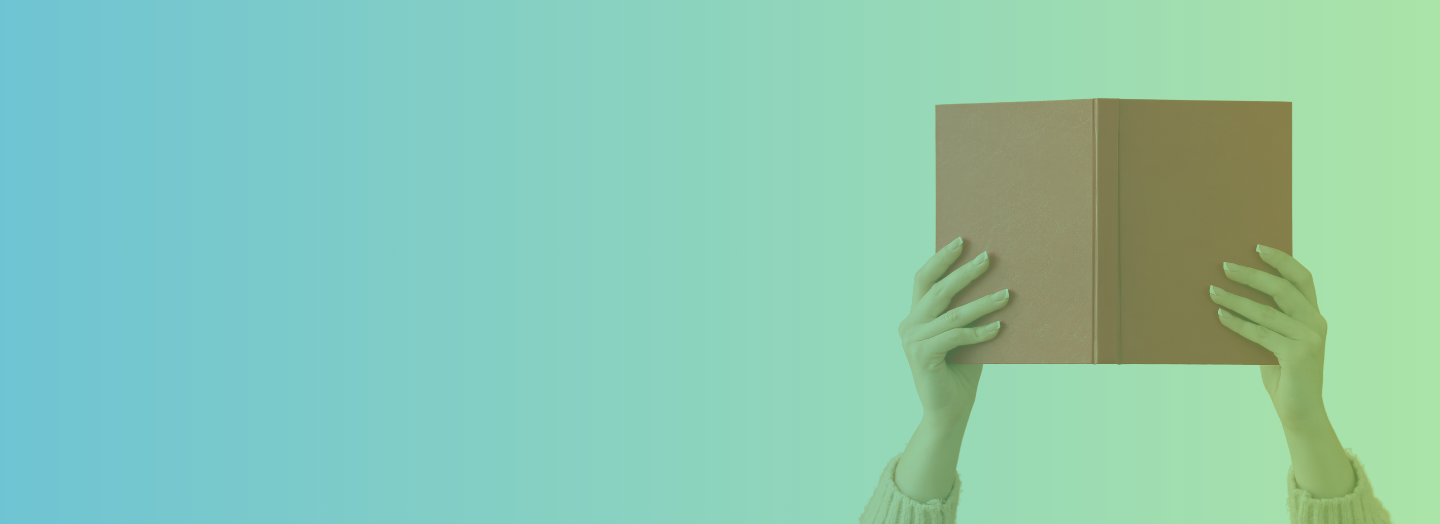 When beginning a new eLearning project, there are a number of important things an eLearning team needs to have: quality learning content, an understanding of the ways learners assimilate information, and the ability to deliver a simple and engaging multimedia learning experience. Another important component of the process is a visual style guide. If a team of designers is working on the eLearning project, a visual style guide is critical in order to insure that the final product has a cohesive, unified, and professional look in keeping with the company's visual style. Because of the strong visual elements in eLearning, switching between layouts and formats is disruptive to the learning experience. This can be prevented by crafting and introducing a style guide for the visual elements in eLearning programs.
When beginning a new eLearning project, there are a number of important things an eLearning team needs to have: quality learning content, an understanding of the ways learners assimilate information, and the ability to deliver a simple and engaging multimedia learning experience. Another important component of the process is a visual style guide. If a team of designers is working on the eLearning project, a visual style guide is critical in order to insure that the final product has a cohesive, unified, and professional look in keeping with the company's visual style. Because of the strong visual elements in eLearning, switching between layouts and formats is disruptive to the learning experience. This can be prevented by crafting and introducing a style guide for the visual elements in eLearning programs.
Follow this guide to know exactly what information to include in a visual style guide for eLearning so you can go create one for your team.
 Section 1: Colors
Section 1: Colors
For most people, the use of color is one of the easiest ways to capture attention. At the same time, that means that too many colors can overwhelm the learner, making it hard to focus on the course material. Consistent use of a single color palette throughout an eLearning program helps the user avoid distraction, while guiding their attention to the most important points. Here are a few points to bear in mind:
Main Colors: Choose a color palette of 3-5 colors for using throughout the course. The company's colors can offer a good starting point.
Contrast: Find colors that contrast well. Use contrasting colors in conjunction with typography choices to make titles and other important text stand out.
Hyperlinks: Consider the choice of colors for links to yield the best effect.
 Section 2: Typography and Formatting
Section 2: Typography and Formatting
Font and formatting choices are another excellent way to make important text more noticeable; bold, italic, and underscored text can be used to highlight titles or emphasize key concepts. Different fonts can also give a distinct "feel" to a given text.
- Choose the default font, size, and color for both normal text and titles.
- Determine how menu items should appear.
- Explain whether and how bulleted lists should be punctuated – should they be complete sentences, with starting capitals and end punctuation?
- Describe which words in a title should be capitalized.
- Review any other punctuation preferences, such as the use of the Oxford comma, the number of spaces following a period, and whether to use spaces before and after a dash.
- Discuss the preferred tone and voice of the writing – whether it should tend toward casual or professional, what the target education level and vocabulary should be, if and how the passive voice should be used.
 Section 3: Graphic Elements
Section 3: Graphic Elements
If a picture is worth a thousand words, it's important to make sure that the visual elements in eLearning courses are conveying the right message. Consider:
-
Format and size: Describe the preferred file format and file and image size restrictions for graphics used.
-
Type of images: From where should images be drawn? Clip art, stock photos, or other materials? Clearly identify the types of images to use throughout the course, such as illustrations, color photos or black and white.
-
Use of white space: Discuss the use of white space. Some blank areas are necessary around text and images to keep the screens from appearing cluttered and jammed-together.
-
Additional effects: Identify permitted or required image effects, such as shadows, feathering, borders, reflections, etc.
 Section 4: Layout
Section 4: Layout
Describe how the pages and the information they contain should be organized. In Western audiences, people read left-to-right and top-to-bottom, and content should flow accordingly to avoid distractions. Including sample screen shots may be useful for clarity.
Design some different layouts and let your team use them. Or consider using pre-built eLearning templates. This saves time because each page doesn’t have to be custom designed each time.
Handy Lists!
Keep in mind that you want your visual style guide to be something your eLearning team can easily reference when creating a course.
-
Before Publish Checklist: This could be a quick and simplified version of your style guide, writers can double check before publishing a course.
-
Writing Style Guide: An in depth look into grammar, tone and writing syles.









